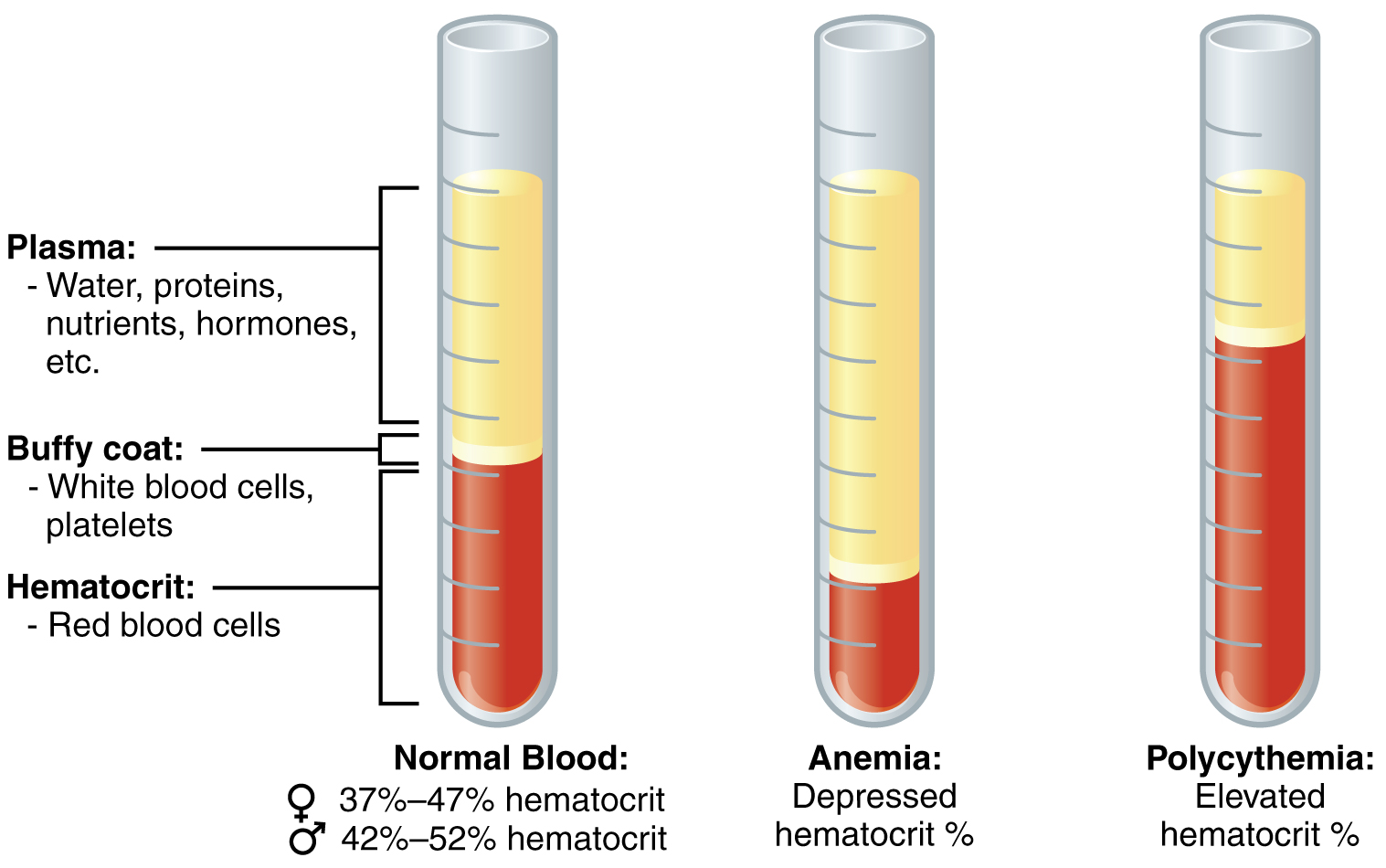When a man gets a cold, everything shuts down. He’s on the couch in misery -- unwilling to do anything (even go to the doctor). But a woman with a cold just bucks up and goes on about her day.
Or so the story of the so-called “man cold” goes.
“If a woman has a viral infection or cold, so to speak, she’ll go on with her day’s activities and maybe mention it to a friend,” says psychology expert William Pollack, PhD, explaining the stereotype. “Men will fuss about it and feel like it’s getting in their way, or be angry or irritable that they have to deal with it.”
Put simply, the “man cold” refers to the idea that men handle colds and the flu worse than women.
But is there any truth to the myth?
Symptoms: His vs. Hers
Experts say men and women may, in fact, respond differently to colds.
“I’ve definitely seen it, but not to such epic proportions as some make it sound,” Pollack says.
The difference is less about gender and more about personality, explains Robert L. Wergin, MD, chair of the American Academy of Family Physicians board of directors.
“I certainly have a group of patients that are very in tune with their bodies and have lots of concerns about their health, he says. “So when they have a cold, they magnify it to some degree.”
These patients, Wergin says, tend to think that their symptoms mean something worse is going on. They might have a minor cold, but they’re worried it’s pneumonia.
“It’s a mix of men and women,” he says.
Biological Differences
The man cold might have some biological truth to it. Some studies say men may have more symptoms than women when they have a cold.
“Regarding colds, there may be some impact of sex,” says Kim Templeton, MD, a surgeon at the University of Kansas Hospital. Templeton has done extensive studies on gender differences in health.
The female sex hormone estrogen slows down how fast a virus multiplies, Templeton says. This may lead to fewer symptoms. The flu virus may not spread as quickly in women because of estrogen and how the female body reacts to it. Studies have not shown if the same thing applies to the cold virus.
What’s more, the part of the brain that controls body temperature is larger in men because of testosterone. This may lead to higher fever in men vs. women, Templeton says. But the research isn’t clear, she cautions.
Some say these things may not have much impact.
“The way men and women respond to infectious diseases, there’s not really much of a difference between a male response and a female response,” says Aaron E. Glatt, MD, chairman of the department of medicine at South Nassau .
“There are slight differences in studies and numbers,” Glatt says. “But practically, there are no significant differences in the immune system between men and women.”
Source: webmed




